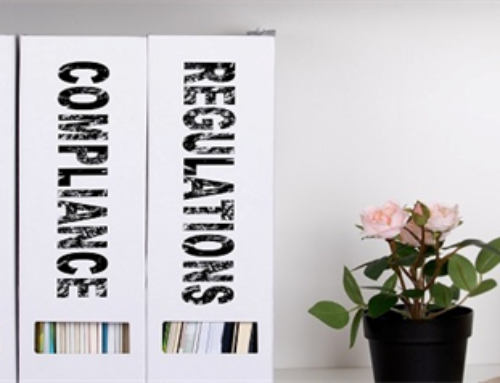As technology advances and offers new and exciting options, choosing a printer for your unique needs can be daunting. Answering these five questions will help narrow down those choices.
1. How much does your organization want to spend?
Matching your budget to your printing needs requires looking beyond the sticker price. A low initial cost seems attractive, but those first numbers can be deceiving. Lower priced printers nearly always require more expensive consumables, and they use them more quickly.
2. Does your office have low or high volume print requirements?
If you’re typically the only person using the printer, a personal inkjet or laser printer should suffice. For multiple users, make sure your requirements are comfortably below your printer’s monthly duty cycle. This number represents the printer’s maximum stress-level.
3. What are your color printing requirements?
For offices printing mainly in plain text, a monochrome laser printer is a good choice. For those requiring only occasional color printing, a color laser or LED will do the job well. If you are low volume user and superior photo quality is a must, an inkjet may be well worth considering. Today’s inkjet printers deliver competitive speed and quality although the cost per page can be expensive. For high volume color printing laser is best.
4. Single or Multifunction?
For busy offices with multiple users, a multifunction printer is a good option. These devices offer print, copy, scan and fax functions all in one device, saving time, money, and office space. Multifunction printers also allow users to digitize paper-based files, which can then be stored or shared via email. Network connectivity features can allow personnel to connect wirelessly to your office network.
5. Do you require unique paper-handling capabilities?
Your printer should match your current needs as well as accommodate future growth. The ability to handle specialized printing requirements in-house can streamline workflow. Some available features include two-sided printing (duplexing), stapling, and collating, and modern printers can handle thicker paper requirements like envelopes, labels, and postcards.
For help choosing a printer best suited to your unique business requirements, contact R. L. Mark today!




